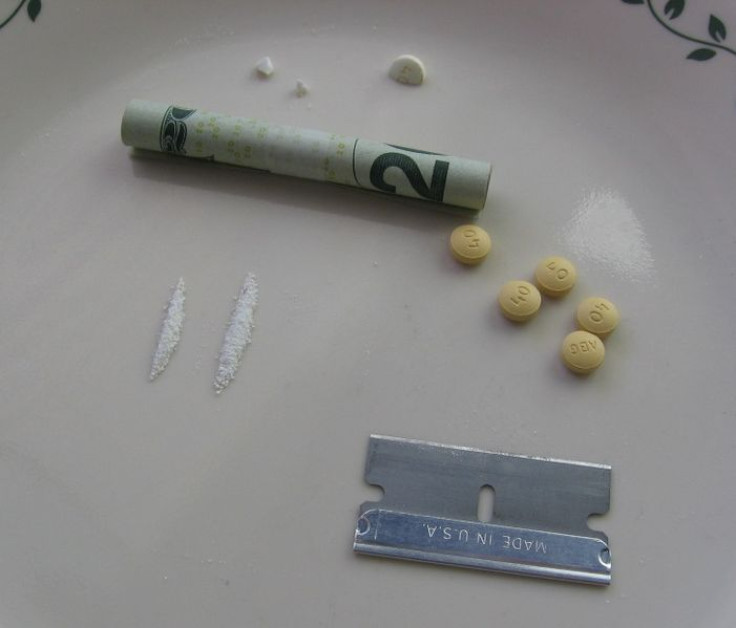FDA Approves New Labeling Of Reformulated OxyContin To Curb Drug Abuse

In an effort to curtail oxycodone drug abuse, the U.S. Food and Drug Administration (FDA) approved new OxyContin labeling that changed the physical and chemical properties that could deter intranasal and intravenous addicts.
"The development of abuse-deterrent opioid analgesics is a public health priority for the FDA," said Douglas Throckmorton, deputy director for regulatory programs in the FDA's Center for Drug Evaluation and Research. "While both original and reformulated OxyContin are subject to abuse and misuse, the FDA has determined that reformulated OxyContin can be expected to make abuse by injection difficult and expected to reduce abuse by snorting compared to original OxyContin."
Federal agents also said they're no longer approving new generic drugs that contain the original OxyContin, because it could still increase risk of abuse.
The reformulated OxyContin tablets from Purdue Pharma will make it more challenging to break, crush, or dissolve. It also becomes a thick hydrogel that would be harder for abusers to purify and inject.
Oxycontin is reportedly abused at least once in 16 million American ages 12 and above according to the National Institute on Drug Abuse, NDIA. This abuse and addiction costs the country more than $400 billion ever year-including costs to health care, lost job salaries, car accidents, legal fees, and law enforcement costs.
According to the Alta Mira treatment center, OxyContin is associated with nearly 50 percent of major crimes committed in America.
The drug was originally approved in December 1995. In 2001, it became the best-selling narcotic pain reliever in the United States, but also immediately spiraled out of control in the drug business when extra pills became available for illicit profits.
Abusers generally feel a lasting impact of heroin-like effects in a shorter amount of time, making the high much more powerful. The injectable route offers more impact. Generally, those addicted to OxyContin lose interest in work, family, and personal health, and are willing to jeopardize all of it to fund their habit.



























